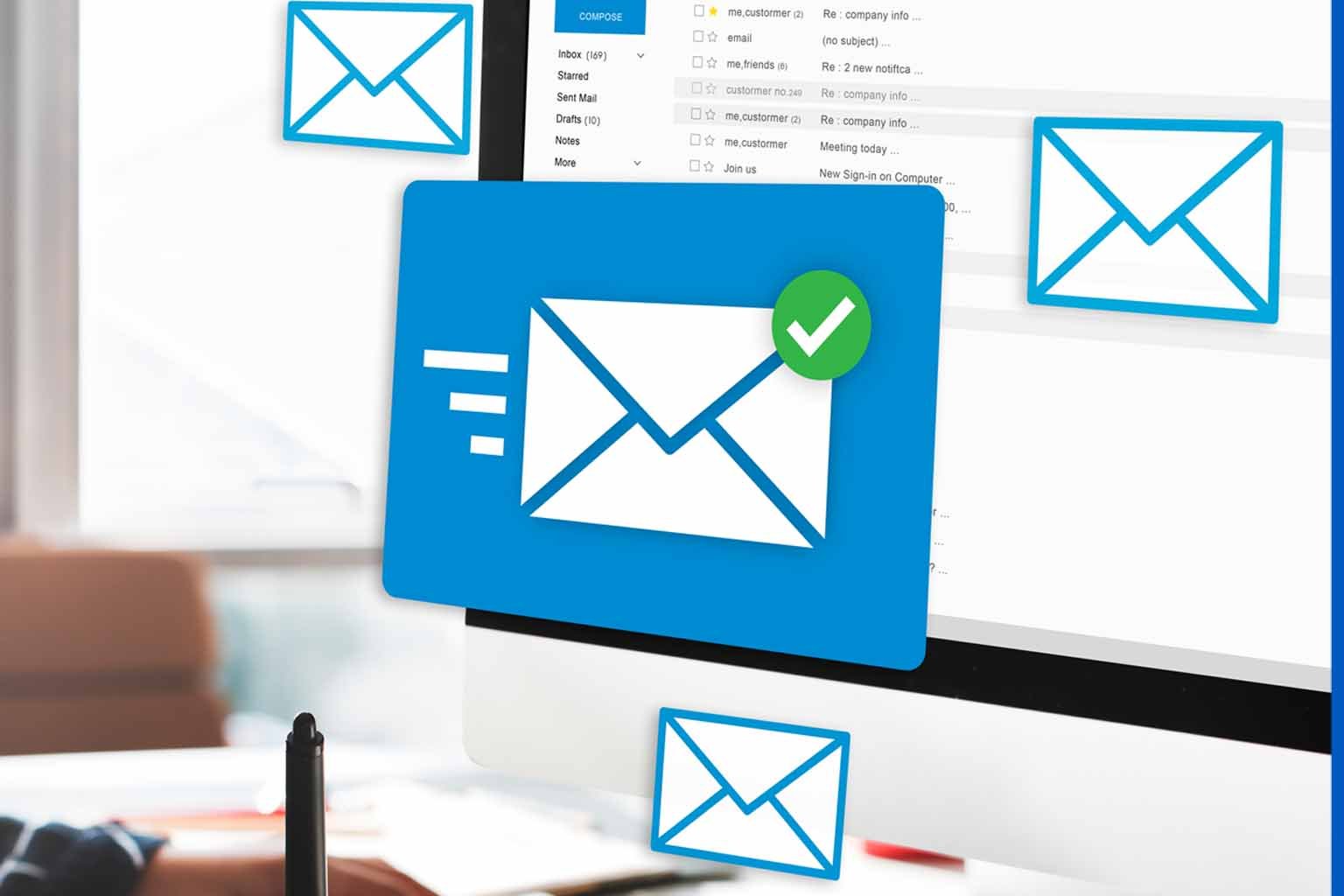
Professional Email Marketing Guide
-
by
-
Aug 25, 2025

Three Core Principles for Effective Emails
- Principle 1: Add a Human Touch
- Principle 3: Keep Links Minimal
- Principle 3: Keep Links Minimal
These 3 tips may sound simple, but they can change the results of your email campaigns completely.
Principle 1: Add a Human Touch
Automated emails can feel cold. Our job is to make them feel handwritten.
How to do it:
Use the subscriber’s name naturally.
Example subject: “Suhasini, here’s something I prepared for you.”
Refer to an action they took.
Example: “I noticed you downloaded the guide yesterday, so I thought you’d like this extra tip.”
✅ Result: The reader feels valued, not just “one of thousands.”
Principle 2: One Message = One Objective
Each email should have a single focus.
Why? → Multiple offers = scattered attention = lower results.
Good vs. Bad Example:
❌ Bad: An email that says “Watch our video, sign up for the webinar, follow us on Instagram, and check out our three new products.”
✅ Good: An email that says “Click here to join tomorrow’s webinar.”
✅ Result: A clear path leads to higher click-throughs.
Principle 3: Keep Links Minimal
More links = more confusion.
Best practice:
One primary call-to-action (CTA).
Mandatory footer links (unsubscribe, update preferences).
Professional Example:
An email announcing a new course should only have one big button:
“Enroll Now.”Avoid adding links to social media or other pages in that same email.
✅ Result: Subscribers know exactly what to do next.
Mastering Email Sequences
👉 An email sequence is a planned series of emails sent automatically over time.
It moves a subscriber from awareness → trust → action.
🔹 Framework for a 5-Email Sequence
Day 1: Welcome & Value
“Thanks for joining. Here’s a free resource to get started.”
Day 2: Build Authority
Share a useful tip or insight.
Day 3: Storytelling
Tell a customer success story or your personal journey.
Day 4: Soft Pitch
Introduce your product/service and why it helps.
Day 5: Strong Call to Action
Encourage immediate action with urgency or bonus.
Add Curiosity Between Emails
End each message with a preview of the next.
Example:
End of Email 1 → “Tomorrow I’ll reveal the 3 mistakes that kill most marketing campaigns – look for that subject line.”
End of Email 2 → “In my next email, you’ll see how one client doubled sales in 30 days.”
✅ This creates anticipation → readers look forward to your emails.
-
AboutBIT
You May Also Like
Sign up to receive our latest updates
Get in touch
Address
Landmark : Near Post Office